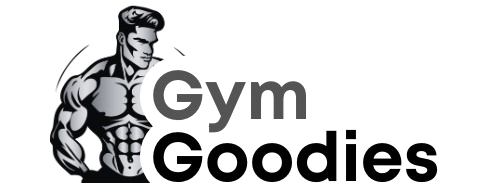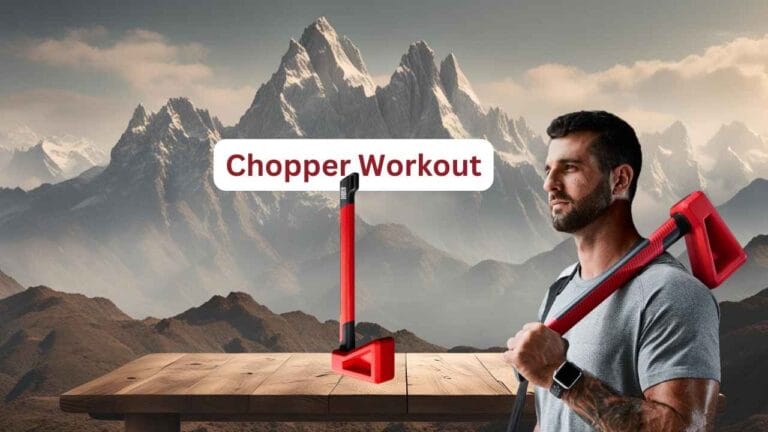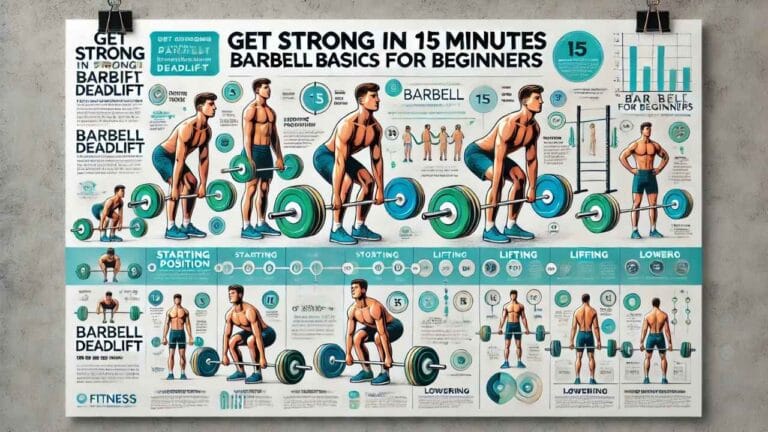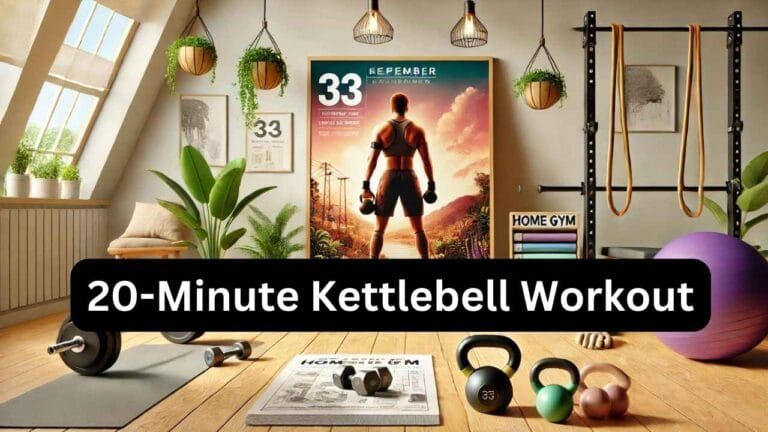Bent Arms vs. Straight Arms in Lateral Raises: Which Builds Bigger Shoulders?
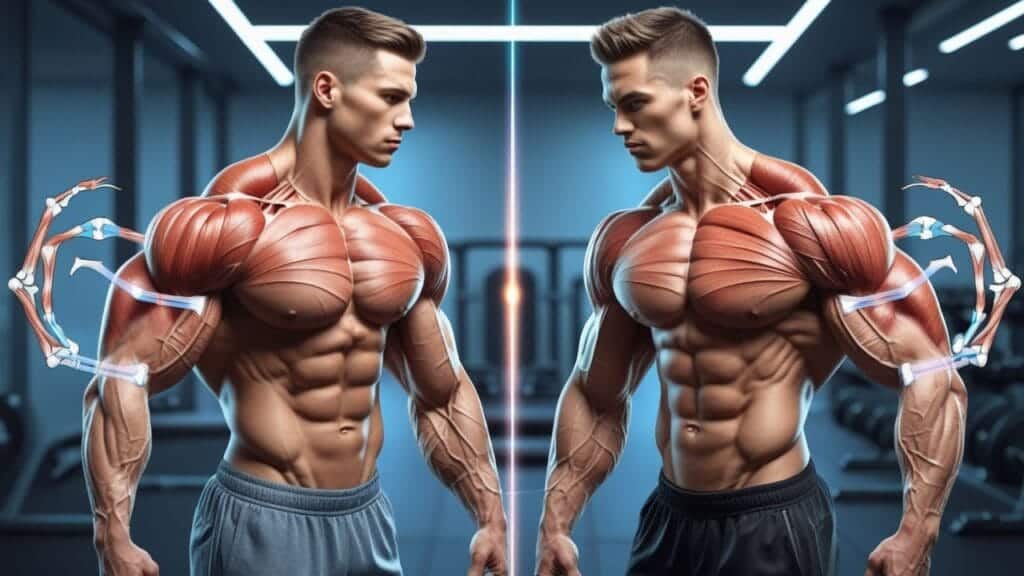
Ever feel like no matter how many lateral raises you do, your shoulders just won’t grow? You’re not alone. Many lifters grind through set after set, only to see minimal progress. But here’s the kicker: the problem might not be your effort, it’s your form.
The debate between bent-arm and straight-arm lateral raises has been raging for years. Some swear by one method, others by the opposite. But what does the science say? And more importantly, which version will actually help you build bigger, stronger shoulders? Let’s break it down.
The Problem: Why Your Lateral Raises Aren’t Working
Short answer: You’re likely missing the mind-muscle connection and proper mechanics.
Most people assume lateral raises are simple, just lift the weights to the side, right? But if your shoulders aren’t growing, one of these mistakes is probably to blame:
- Using too much weight (which turns the move into a full-body swing).
- Letting your traps take over (hello, shrugged shoulders).
- Ignoring scapular control (your shoulder blades dictate how well your delts fire).
Client Case Study: Steve’s Shoulder Breakthrough
Steve, a long-time client, was frustrated. No matter how many lateral raises he did, his shoulders stayed the same. When we filmed his form, we spotted the issue: his elbows were flaring too far back, turning the move into a rear-delt exercise. A simple tweak, keeping his arms slightly bent and in line with his torso, made his delts finally start growing.
The Hidden Factor Everyone Overlooks: Scapular Stability
Counterintuitive insight: Your shoulder growth depends more on your scapula than your arms.
A 2024 study in the Journal of Strength and Conditioning Research found that proper scapular positioning increases deltoid activation by up to 20%. If your shoulder blades are winging or shrugging, your delts can’t work efficiently.
Actionable Tip: The 2-Minute Scapular Drill
Before your next shoulder workout, try this:
- Stand tall, arms at your sides.
- Gently pull your shoulder blades down and back (like you’re tucking them into your back pockets).
- Hold for 5 seconds, then relax. Repeat 8–10 times.
This primes your scapular stabilizers, ensuring your delts, not your traps, do the work.
Bent Arms vs. Straight Arms: Which Is Better?
Myth debunked: Neither is “better”, they target slightly different muscles.
- Straight-arm lateral raises emphasize the lateral (side) deltoid but require strict form to avoid swinging.
- Bent-arm lateral raises (elbows slightly bent, like holding a jug of water) reduce strain on the joints and increase time under tension for the delts.
Science-Backed Recommendation
A 2023 study in Sports Medicine found that a 20–30° bend in the elbow optimizes deltoid activation while minimizing trap involvement. So, if you’ve been locking your arms straight, try a slight bend, you might feel your shoulders working harder than ever.
Step-by-Step Fix: Bigger Shoulders in 6 Weeks
Follow this sequence to maximize growth without shoulder pain.
Phase 1: Master the Mind-Muscle Connection (Weeks 1–2)
- Exercise: Cable or band lateral raises (better tension control than dumbbells).
- Key cue: “Lead with your elbows, not your hands.”
Phase 2: Add Controlled Volume (Weeks 3–4)
- Exercise: Bent-arm lateral raises (3 sets of 12–15 reps).
- Pro tip: Pause for 1 second at the top to increase muscle engagement.
Phase 3: Progressive Overload (Weeks 5–6)
- Exercise: Straight-arm lateral raises with lighter weight (focus on perfect form).
- Advanced tweak: Add a 1.5-second eccentric (lowering phase) for extra growth stimulus.
Final Takeaways
- Bent arms reduce joint strain and improve delt activation for most lifters.
- Straight arms can work but require flawless form to avoid cheating.
- Scapular stability is the secret sauce for shoulder growth.
Try this: Next shoulder day, test both variations with lighter weight. Notice which one makes your delts burn more, that’s your winner.
Your Turn
Which version feels better for you, bent or straight arms? Drop a comment below, and let’s discuss!
Disclaimer:
It should be remembered that the information available at gymgoodies.net is constantly evolving and is up-to-date and authentic information on fitness, exercises, and health.
I am a veteran bodybuilder, considering I have been active in the industry for quite some time. I ensure that the content shared reflects the lessons I have learned in my years of training and working or all the exposure I have had.
That said, it must be understood that the information available on this portal is obtained through communication channels and is primarily for education and information. Some factors and changes occur, and the issues discussed in this website address such things.
Every piece of advice regarding fitness or health should be taken with caution.
You might need the assistance of fitness professionals, nutritionists, or doctors regarding your workout routine, diet, or fitness activity. Their advice should be personalized PPC, the guide you integrate into your routine, taking into account your specifications and requirements regarding your health and fitness.
This is key, considering our concern is your health and safety. Make sure you only use the data on the site to empower expert advice and nothing more.
